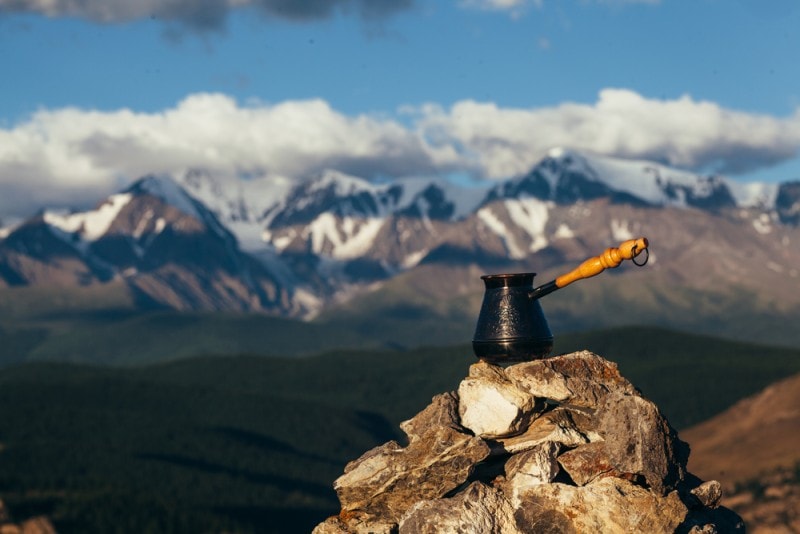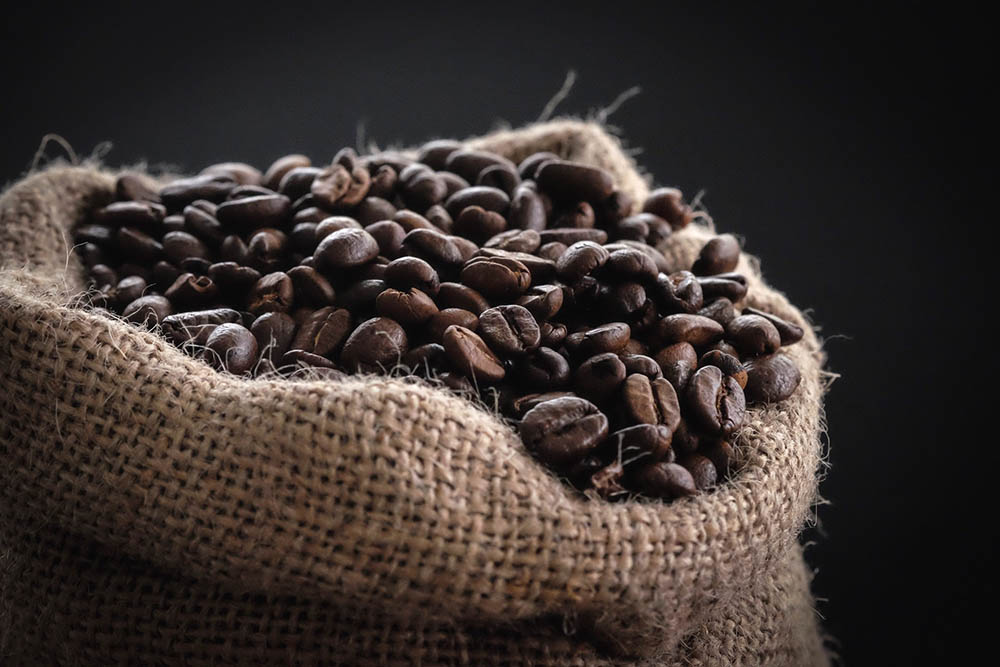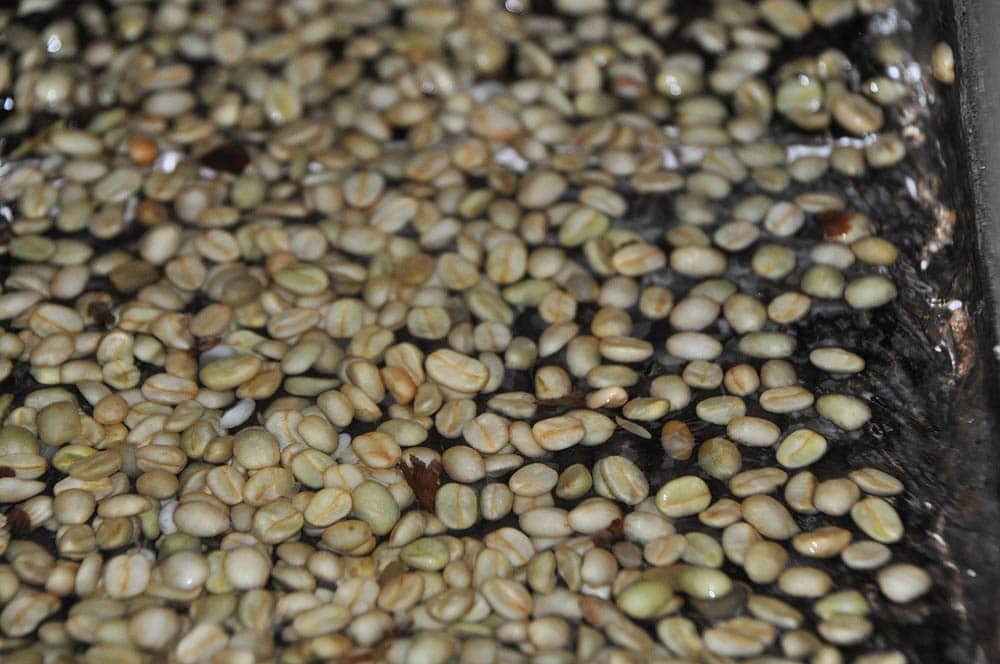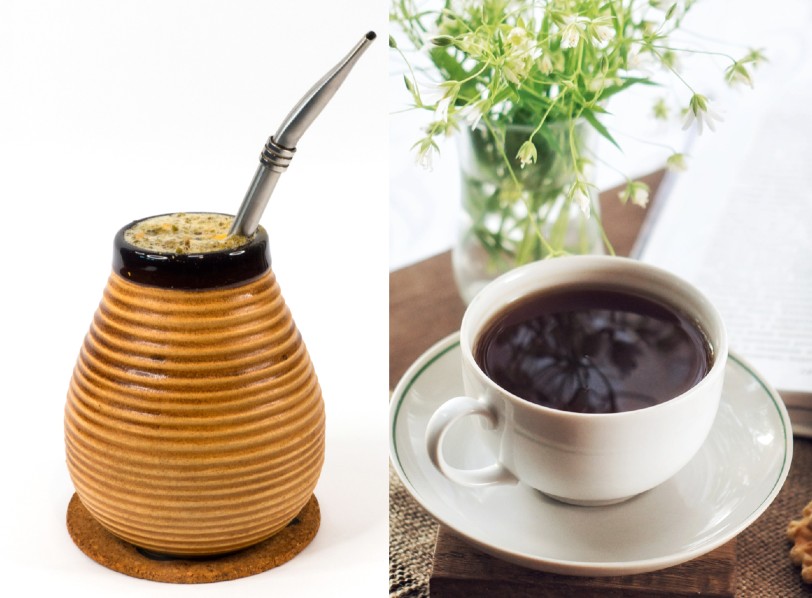
Artisan coffee, also called premium or specialty coffee, is a unique niche in the coffee industry in which every little detail of the coffee is important. From where it’s grown to the methods of brewing, specialty coffee is almost an art form rather than a coffee market. It’s becoming a mainstream concept as well, with more and more coffee drinkers turning to high-quality stuff for a better cup of coffee.
There are many different regions and locations that specialize in premium coffee, especially if they are by the mountains. One of those regions is near the Himalayan mountains, the very same mountains that are home to Mount Everest. The Himalayans are home to some of the best coffee farms in the world, producing top-notch coffee with flavors truly unique to the regions around the large mountain chain.

All About Himalayan Coffee
Himalayan coffee is a popular choice in premium, high-quality coffee beans. Coffee farmers in the Himalayan regions typically grow their coffee at elevation, being painstakingly careful of the exact height to make sure the sun does not burn them. The elevation changes the coffee flavor notes and quality of the coffee fruit, which is why many premium coffee farmers grow their plants in the mountains.

Where is Himalayan Coffee Grown?
Himalayan coffee is a specialty coffee from a few regions near the Himalayas, the large mountain chain that crosses through multiple countries and acts as a natural border between Nepal and China. The Himalayas have a lot of shaded areas and predictable temperatures, especially regions in Nepal that have the best locations to grow coffee.
While there are many coffee farms within Nepal, the most popular regions for Himalayan-grown coffee are Lalitpur, Kavre, Palpa, and Gulmi. Some of the best-tasting, highest-quality coffee comes from these districts, rivaling other specialty coffee like Jamaican Blue Mountain coffee. Nepalese coffee farmers plant their coffee plants at an elevation in the Himalayan mountains, around 2,000 – 6,000 feet above sea level.

How is Himalayan Coffee Harvested and Processed?
Like many other specialty coffee beans, Nepalese coffee farmers harvest the coffee cherries by hand. The coffee cherries are carefully selected and hand-picked for quality control, picking only the best coffee cherries for optimal flavor. There are two processes that Nepalese coffee farmers use: the wet processing method and the dry processing method.
Wet processing is a type of coffee processing that uses water to separate the coffee fruit from the beans, using water to flush them out. Dry processing, by contrast, is the most ‘natural’ form of coffee processing, which is done by leaving the coffee cherries out in the sun to separate the fruit from the beans. Both methods are quite popular and produce different results, leaving the beans either in a darker color from dry processing or a lighter, “washed” out color from wet processing.

What Kind of Coffee is Grown in the Himalayans?
Coffee farmers around the Himalayas typically grow Arabica beans, which are the most popular type of coffee bean in the world. Arabica beans make up around 70% of the coffee bean industry, so it’s no surprise that most artisanal coffee beans are of the arabica type. Arabica beans have a mellow yet sweet taste compared to the bitter Robusta bean, another type of coffee bean that is usually grown for instant coffee. Unless you’re looking for an espresso blend, Himalayan coffee beans are almost always some type of arabica bean.
How to Buy Himalayan Coffee
Himalayan coffee may be rising in popularity, but it’s not necessarily easy to buy legitimate, certified organic, elevation-grown coffee beans. It can be easy to fall prey to cheaper prices, which usually result in lower quality and questionable sources. We recommend trying Volcanica Coffee Company’s Nepal Himayalan coffee for its high-quality, sustainably sourced coffee beans. Their coffee is always grown at elevation in the Himalayan mountains, in the Lalitpur district. If you’re new to Himalayan coffee, Volcanica’s Nepal Himalayan coffee is a great place to start.
- No organic certifications
- Low-quality beans with little flavor
- Undisclosed growing location
- Processed with chemicals
Featured Image Credit: Alexander Kuzovkov, Shutterstock















